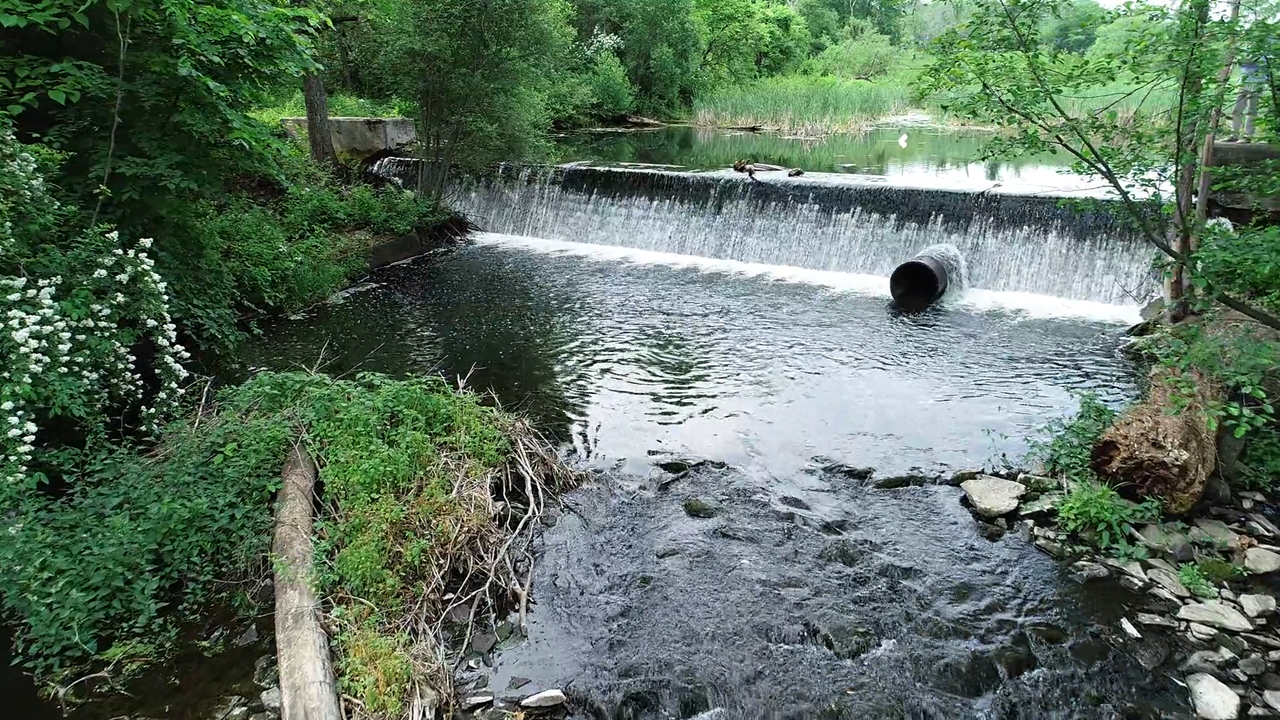Jan Borchert, Current Hydro
Applying for the Small Hydropower Exemption (1 of 4)
From a regulatory perspective, we now know that our Annandale project falls under jurisdiction of the Federal Energy Regulatory Commission (FERC) and based on FERC’s Ruling, we want to apply for a small hydroelectric power project exemption of 10 megawatts (MW) or less – as our proposed project is “only” 12 kW in capacity.
Getting an exemption can be a more simplified process than applying for a license; the difference between an exemption and a license is that exemptions are not subject to Part 1 of the Federal Power Act and are issued in perpetuity – licenses have to go through a re-licensing process every 30+ years.
Initial Stakeholder Consultation
Before we can file an application for an exemption with FERC, we are required to consult with relevant resource agencies, Native American Tribes and members of the public so these entities can understand the proposed project, identify any environmental issues, identify any information needs or studies, and provide meaningful comments and recommendations on the proposed project. This is the process overview for an exemption application:
FERC provides a template for the “Initial Consultation Document” (ICD), the consolidated information shared with the stakeholders. FERC also provides a automatically generated contact list of stakeholders to consult, based on the location of the project, as well as a description of who to involve. We’ve reached out to all potential stakeholders on that list plus to additional local non-governmental organisations to find out the right recipient for our ICD within these organisations.
Based on the FERC templates we generated our Annandale ICD. You may have noticed that the ICD template has only 8 pages while the Annandale ICD (including all appendices) has 182 pages; we wouldn’t expect other projects to have this much information available, and FERC probably doesn’t either, but our goal was to be as transparent as possible and to share all the information we had already gathered during our environmental and technical feasibility studies, to best inform the project’s stakeholders. Additional sources that informed the ICD (inter alia) have been recent dam engineering assessments, local flood risk assessment, archaeohistorical research and relevant information from local and state development plans to discuss resources, anticipated actions, potential impacts and proposed measures of our hydroproject.
On September 28, 2018 and with all that information together, we sent out a letter to relevant resource agencies, tribal nations and other stakeholders containing an invitation to the public meeting, the notice of availability of the ICD (FERC elibrary Docket DI17-1), the download link for all 182 pages of the ICD, a summary of the ICD and notification that the public meeting was scheduled to take place on October 30, 2018 on the Bard Campus.
Next Steps after the ICD
At this point we were concerned that the sheer volume of information could deter stakeholders from participating in the process but were hopeful that many stakeholders would join the public meeting and provide valuable comments and recommendations for the project. The input received from these stakeholders will define the content of the draft exemption application and the next steps after the ICD.
But prior to that, we needed to prepare and host the public/stakeholder meeting.


3 Responses
[…] (ICD) completed and distributed, we had 30 days to prepare our public meeting as part of our stakeholder consultation efforts. We gathered and shared a great deal of information for such a small hydro project and hope […]
[…] more information, follow efforts through the FERC exemption application and consultation process for the Annandale Microhydro […]
[…] federal permitting procedure for the Annandale Micro Hydropower Project involves multiple public comment periods and a fully […]